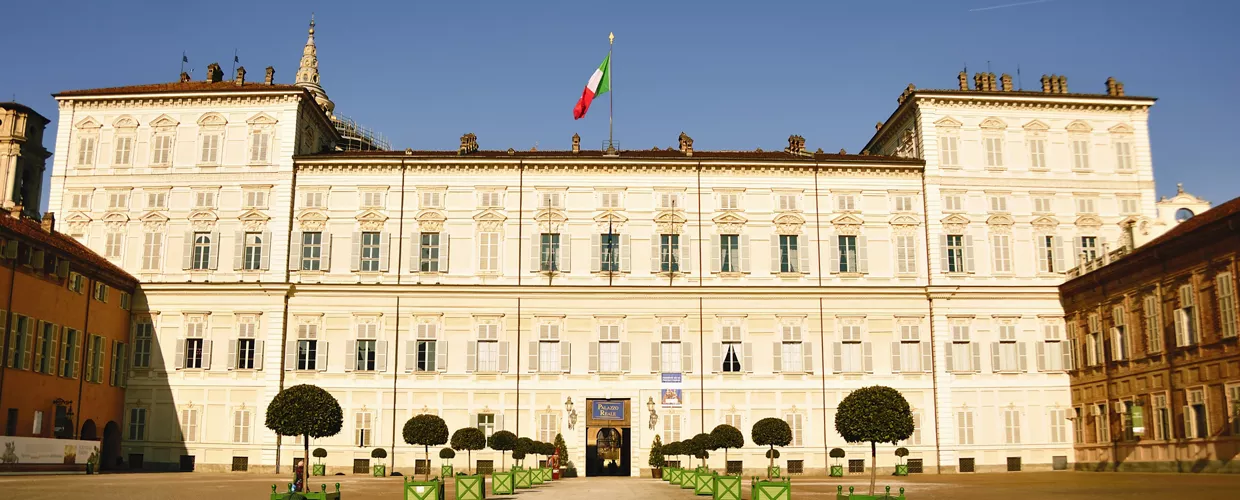This content was automatically translated. View the original text.

Overview
The history of the building dates back to 1563, when Emmanuel Philibert of Savoy moved the seat of his duchy to Turin. The architect chosen to design the new royal court was Ascanio Vitozzi, a military engineer who from that time on remained at the service of the Savoy family, contributing to the city's urban transformation.
Throughout the 17th century, architects, artists and craftsmen gave pomp and prestige to the seat of the emerging Savoy absolutism. Fine tapestries were brought from the French manufactories of Beauvais and the Gobelins. After the mid-17th century, Guarino Guarini built the Chapel of the Holy Shroud along the apse of the Cathedral of St John the Baptist, which the Savoy family could access directly through an internal corridor, as tourists do today.
When Victor Amadeus II was crowned king of Sicily in 1713, the ducal palace was granted royal status, and over the following two decades underwent major architectural renovation by Filippo Juvarra. The palace enjoyed another golden period in the mid-19th century, during the reign of Charles Albert, but after the Unification of Italy in 1861, the capital passed first to Florence and then to Rome, and the building lost its royal ceremonial function.
Today the Palace forms a single complex with the Royal Gardens, the Royal Library and Armoury, the Savoy Gallery, the Archaeological Museum, the Chiablese Rooms and the Chapel of the Holy Shroud, under the name of the Royal Museums.